Sanatana Dharmi-s had a lot of importance for sacred baths. The Pancha Teertha or the sacred bathing spots at Puri are very important for the devotees. The pilgrimage is complete only after a bath in them. Let us now briefly look at the five sacred water bodies at Puri.
Indradyumna Tank:
This tank is located near the Gundicha Temple. The Mahabaratha talks about the Aswamedha yagna and the arrival of the deities connected with the Jagannatha Cult. The epic tells us that the holy tank was formed due to the prodding of the ground by thousands of cows donated by King Indradyumna, and it is considered being extremely holy. It is a well-known fact that the story of Indradymna and Jagannath are intertwined with each other.
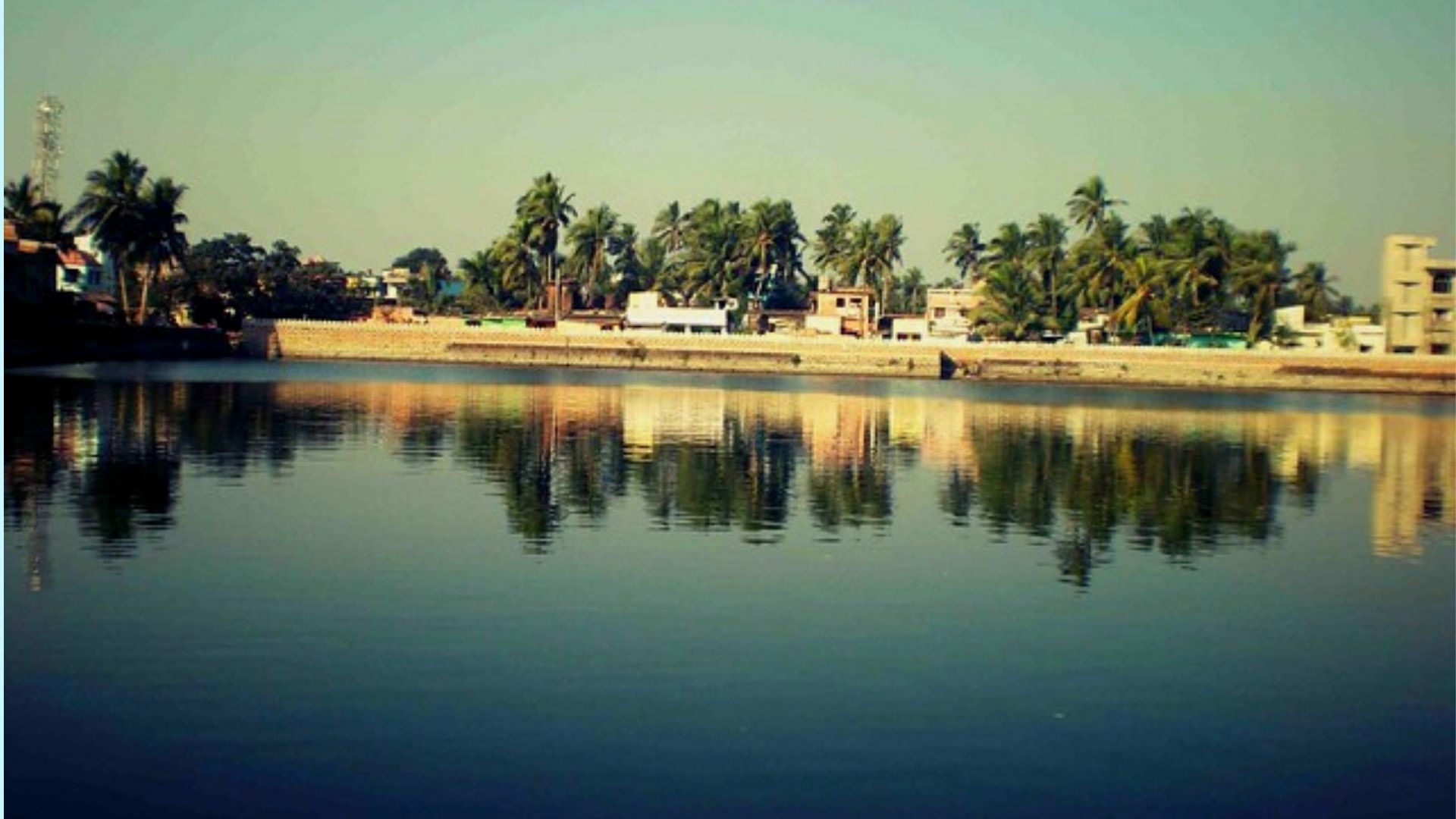
Rohini Kunda:
This sacred water body is located near the Vimala Shrine (There is a symbol of wheel and a crow with four feet at this spot. While Indradyumna was inviting Brahma, King Gaalamaadhava had taken over the region and the temple as well. Indradyumna had waited for a whole day at Sathyalokha. In the meantime, 365 years had lapsed on earth and Gaalamaadhava was ruling the region at the time when Indradyumna came back to Brahma to consecrate the temple. A dispute arose due to the presence of both the rulers and the wheel, along with the four-legged crow giving the witness to the side of King Indradyumna. They stayed back in this place thereafter.) at the Jagannath Temple. Vimala is considered to be the tantric consort of Jagannath and is believed to guard the temple complex. The naivedyam offered to Jagannath gets sanctified only if offered to Vimala. Devotees are advised to offer their prayers at the shrine of Vimala before praying to Jagannath. Narayan is said to reside at the Rohini Kunda. The holy Akshaya Kalpavat (Banyan Tree) is also located here.
According to the Puranas, the hunter Jera Savarah killed Krishna accidentally and cremated him. Krishna appeared in the dream of Jera and informed him that his remains would take the form of a lark and float from the sea into the Rohini Kunta. King Indradyumna sought the assistance of Jera for the purpose of locating the holy log. Ultimately, the idol of Jagannath was carved from this log.
Most importantly, the water connected with the origin of creation, known as Karana water, is said to be secretly stored in the Rohini Kunta.
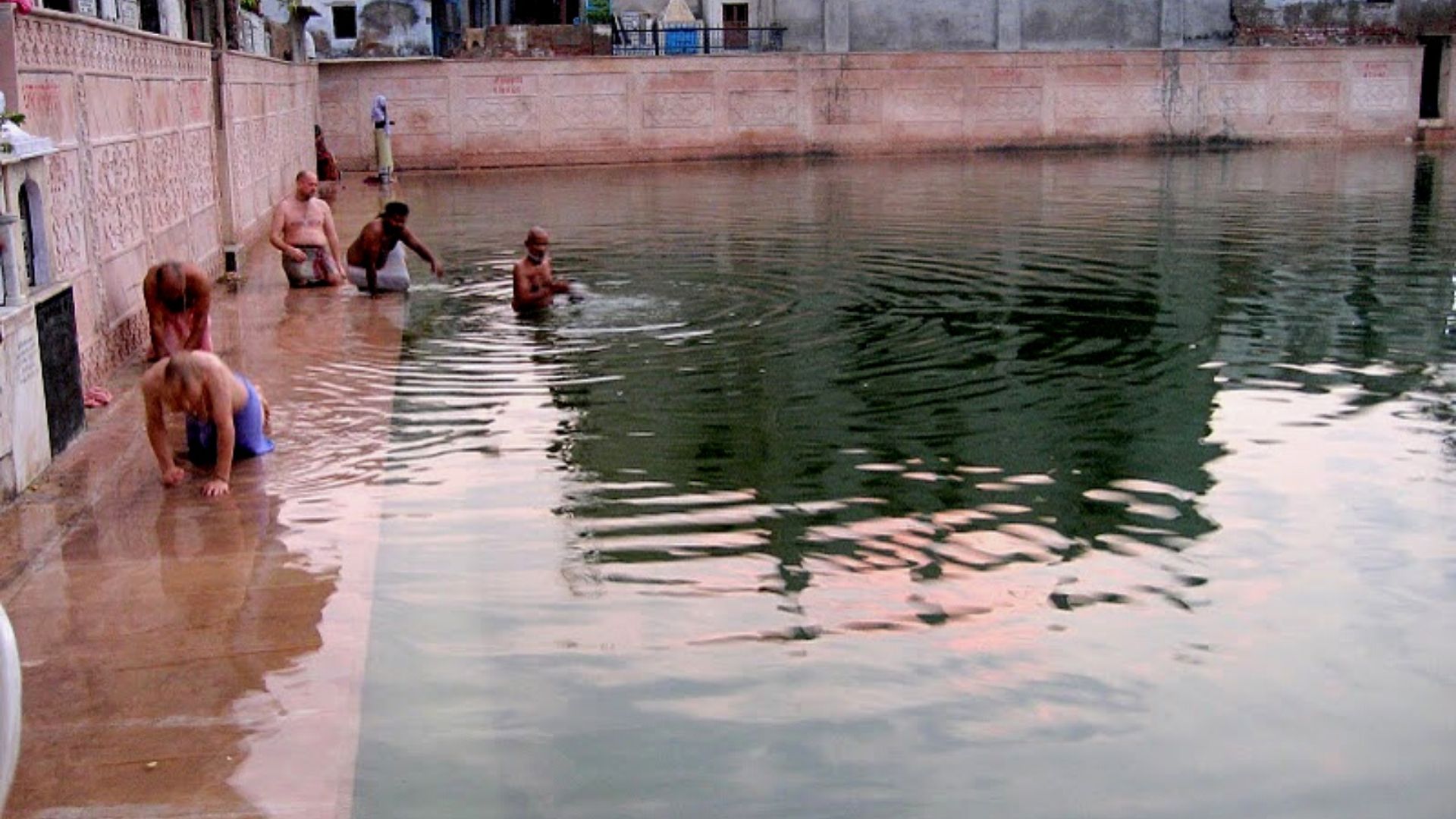
Markandeya Tank:
This tank is the beginning of the Puri pilgrimage and is about 4 acres in size. The Markandeshwar Temple is situated beside it. This temple is the place where Sage Markandeya is said to have meditated upon Lord Shiva. He saw a small child on a banyan leaf floating and began to wonder about it. Vishnu cleared his doubts about the same. This tank is enclosed within a stone wall made of dressed laterite blocks and is endowed with bathing ghats on its southern side. Rituals like Pinda Dhaanam and Mundan Kriya are observed on the steps of this holy tank. The temple and the tank can easily be dated prior to the 12th century. History proves that Ramanujacharya had visited Puri in 1107 and 1117.
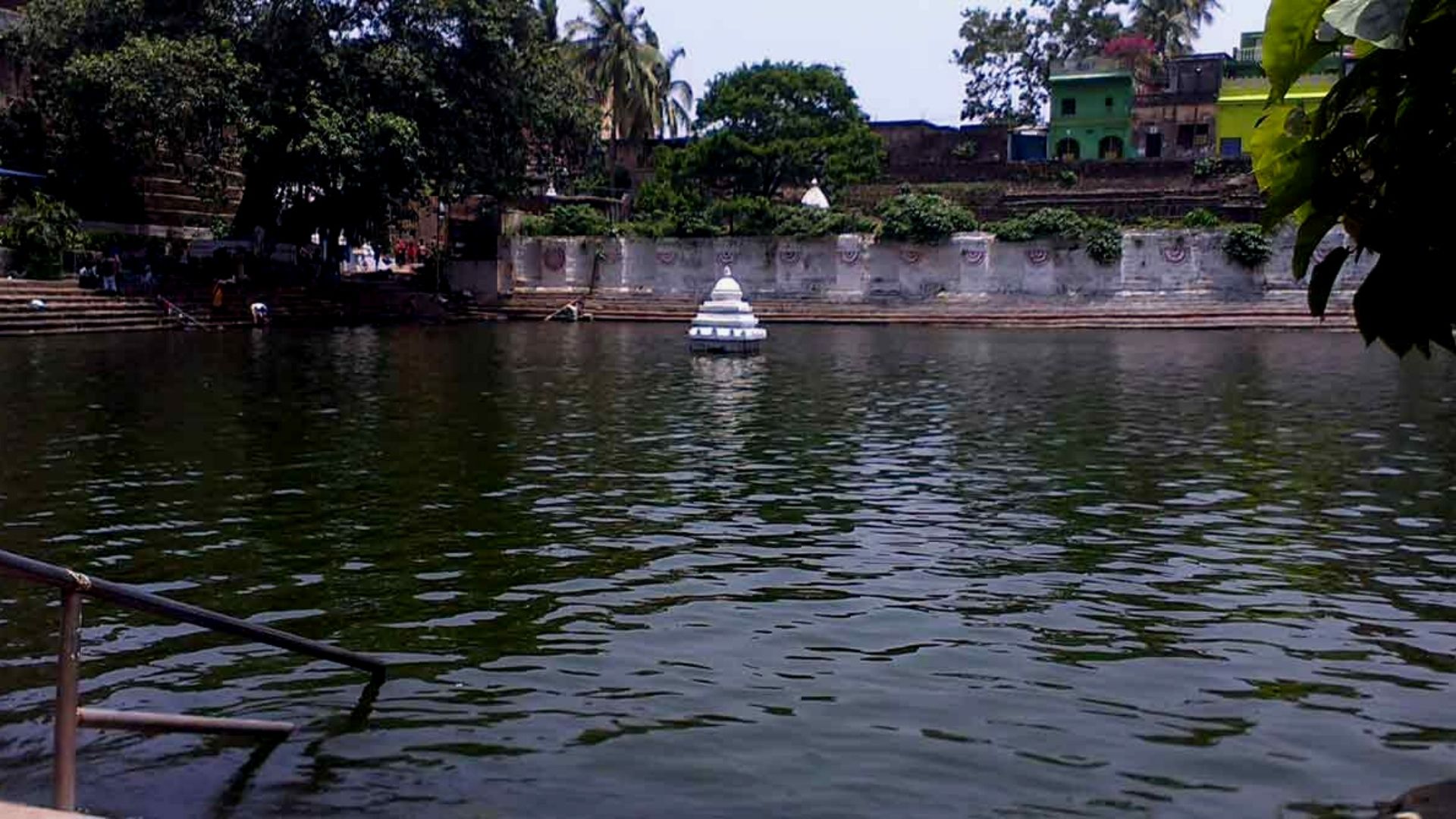
Swethaganga Tank:
This sacred water body is found on the southern side of Nilachal. The banks of this tank are home to the temples dedicated to King Swetha and the Matsya incarnation of Vishnu. The abode of Jagannath at Puri is known as Neelachal or Neeladhri (Blue Mountain). This place is very important for the Hindus and is among the Chaar Dhaam-s (Four religious places). Religious teachers of yore had visited this place and they include Ramanuja, Vishnu Swami, Nimbarka, Guru Nanak, etc. Chaitanya Mahaprabhu had spent 18 years here.
This tank was created from the nail of Lord Vishnu and it is believed that it is connected to River Ganga.
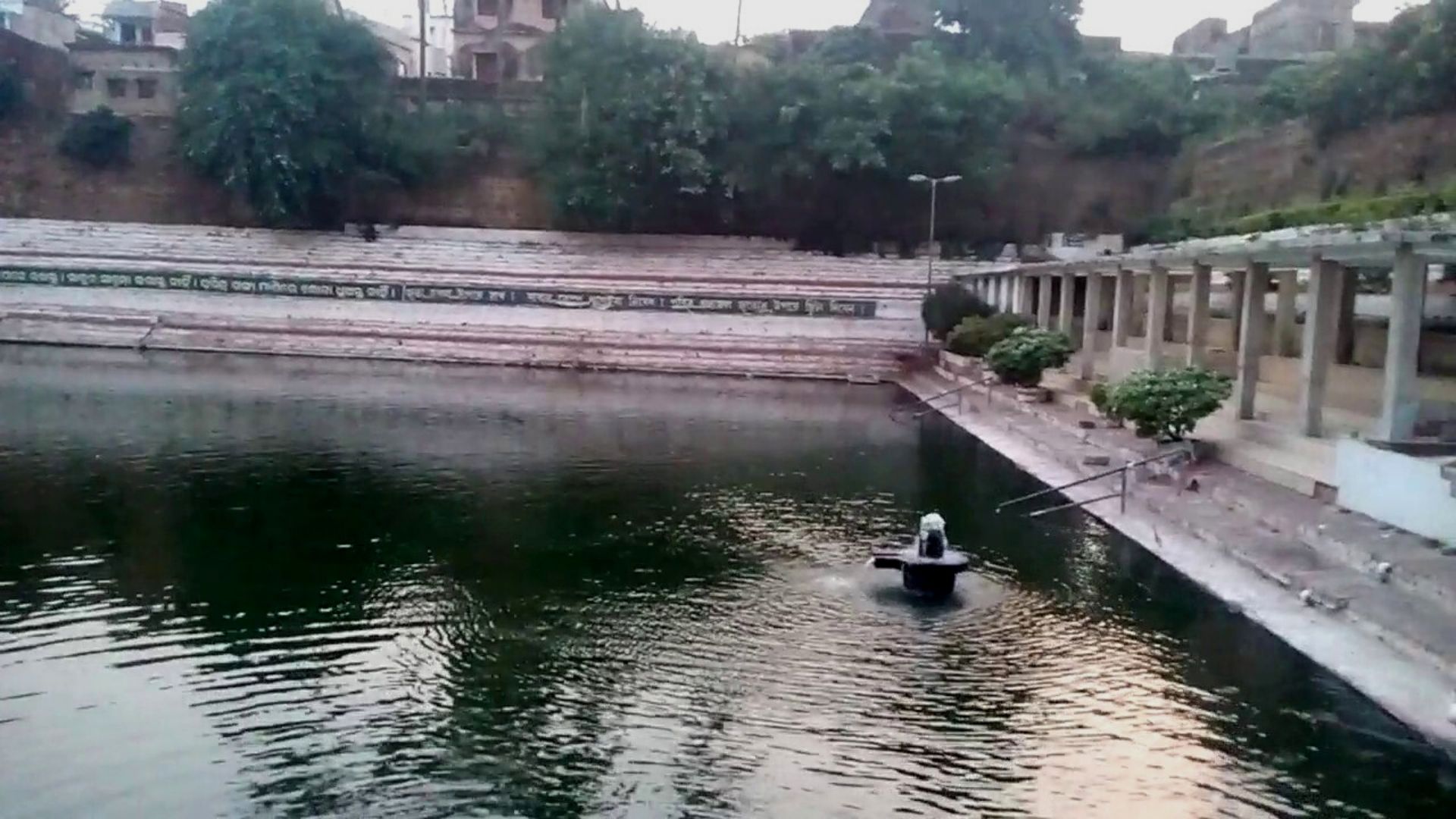
Mahodadhi:
The sea is known as the Mahodadhi. This is a sacred bathing spot located in the Swargadwaara area. A Samudra Aarathi is being offered here every day. Due to the efforts of the Shankaracharya of Puri, he offers it himself on the Paush Poornima. The Swargdwaara is known as a gateway to heaven in English, and it literally is. It is one of India’s most auspicious mortuaries in India. This cremation ground is located on the shores of Mahodadhi (Bay of Bengal). This spot is about a mile to the south of Jagannath Temple. And the Hindus believe that the ones who are cremated at Swargadwaara will go to heaven. Visitors can get to watch cremation from a respectful distance at this spot.
Kapila Samhita mentions that the Swargadwaara is a sacred place. This is where Brahma was embodied in heaven on earth with Indradyumna for the purpose of consecrating the Holy Trinity. According to scriptures, the soul stuff (Daarubrahma) floated at Swargadwaara. The idols of Jagannath, Subadhra and Baladev were carved out of this. Lord Jagannath visits the scene on every Amavasya (New Moon Day). The sea is said to be the in-law's house for Jagannath. He would pass through this holy cremation ground. The shrine of Kshmashana Kali is found here, and she is the guardian deity at Swargadwaara.
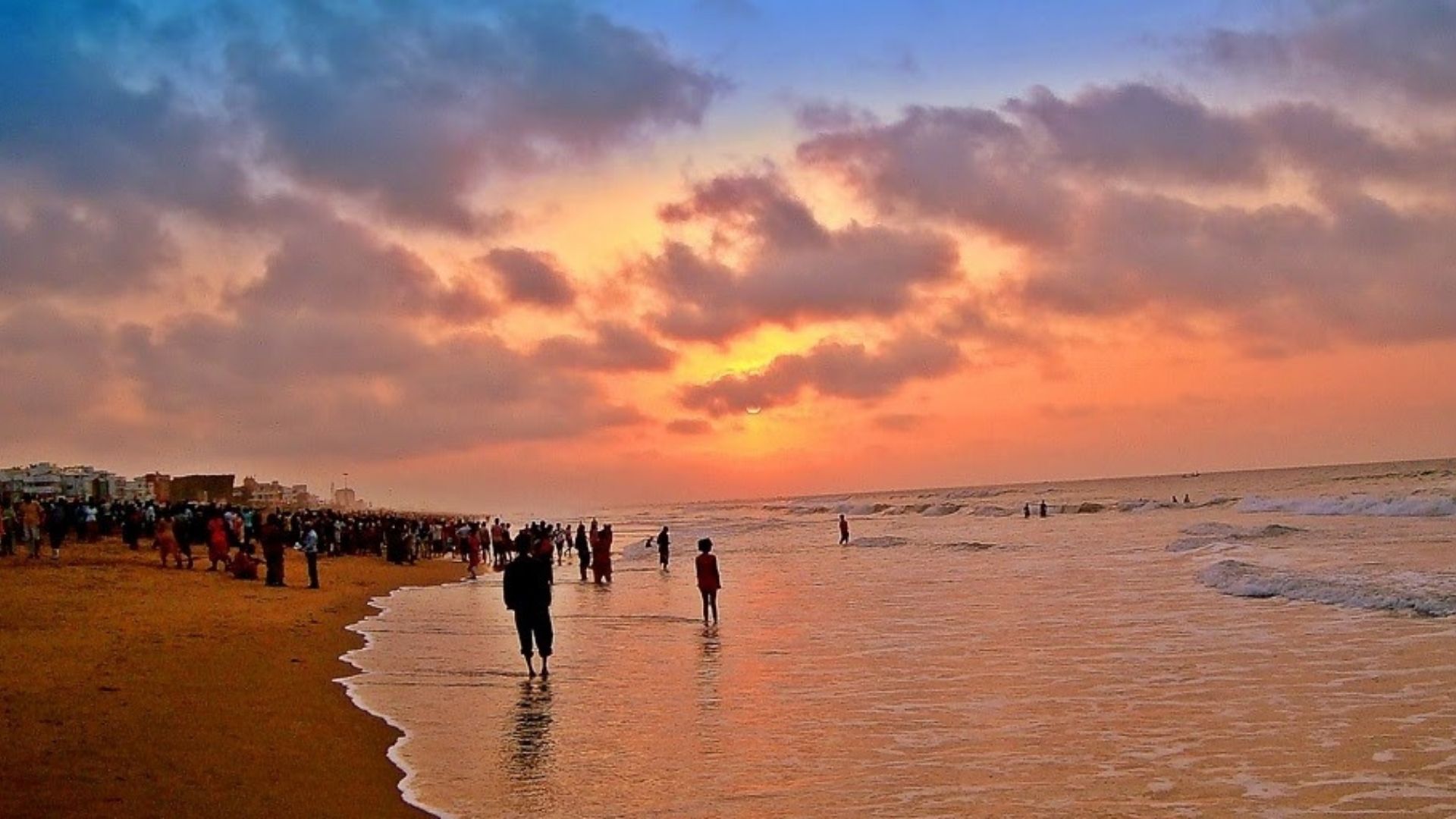
Another version states that the five important theertha-s of Puri are the five places to be visited by the pilgrims, Balarama, Akshaya Vata, Markandeya Tank, Indradyumna Tank and Mahodadhi. These five sacred water bodies are a must for the devotees seeking the grace of Jagannath.
Jai Jagannath! Jai Baladev! Jai Subadhra!
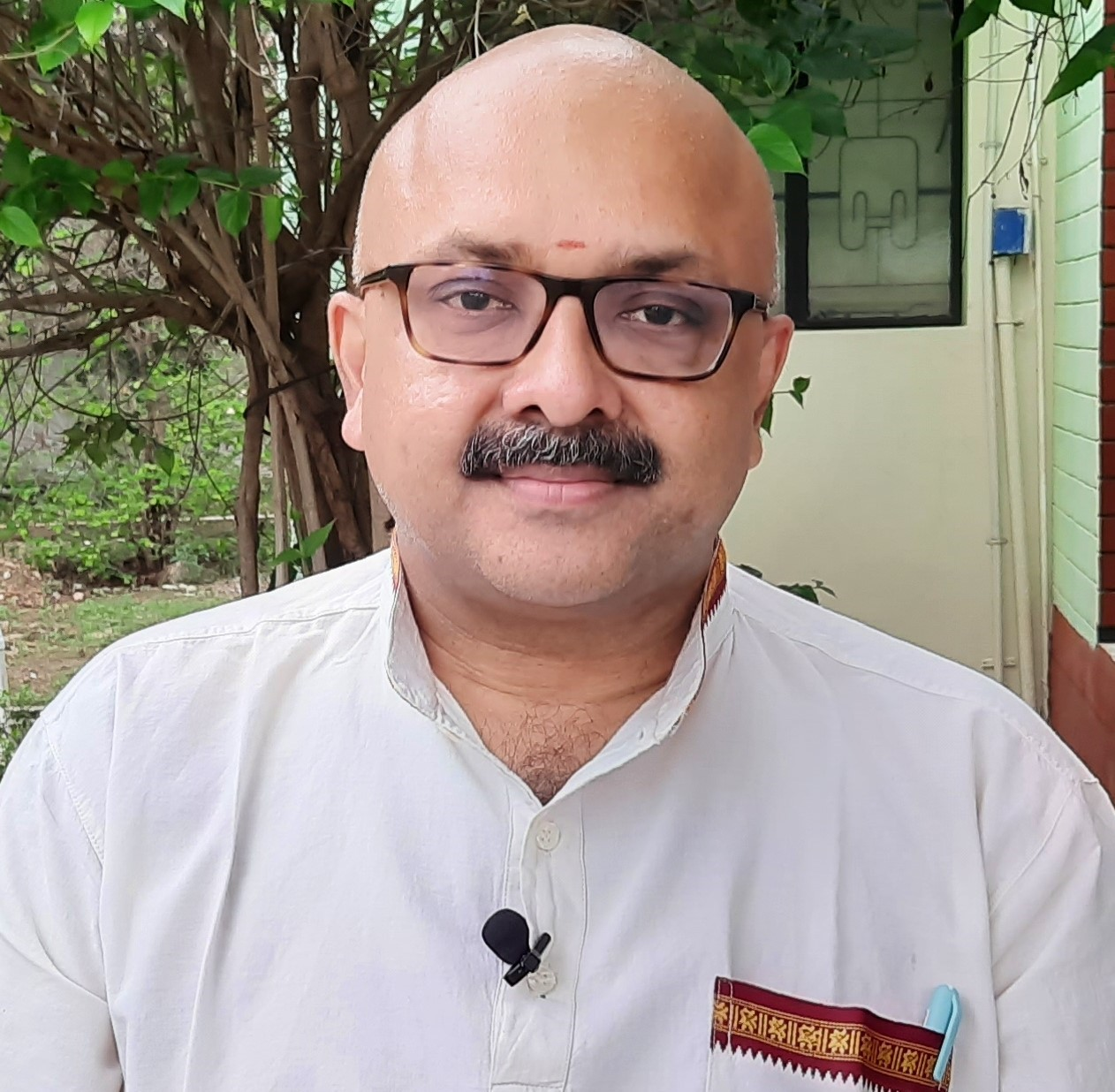 Mr. Rajesh Govindarajulu is one of the founding members of the Verandah Club Pvt. Ltd. He is a leading columnist, historian, jeweler, entrepreneur, and a heritage enthusiast who is earnestly working to revive the past in the light of the present. Experiential learning about the history of Coimbatore is his main course of interest and he is also a panel member of many colleges in the city.
Mr. Rajesh Govindarajulu is one of the founding members of the Verandah Club Pvt. Ltd. He is a leading columnist, historian, jeweler, entrepreneur, and a heritage enthusiast who is earnestly working to revive the past in the light of the present. Experiential learning about the history of Coimbatore is his main course of interest and he is also a panel member of many colleges in the city.
NEXT ARTICLE